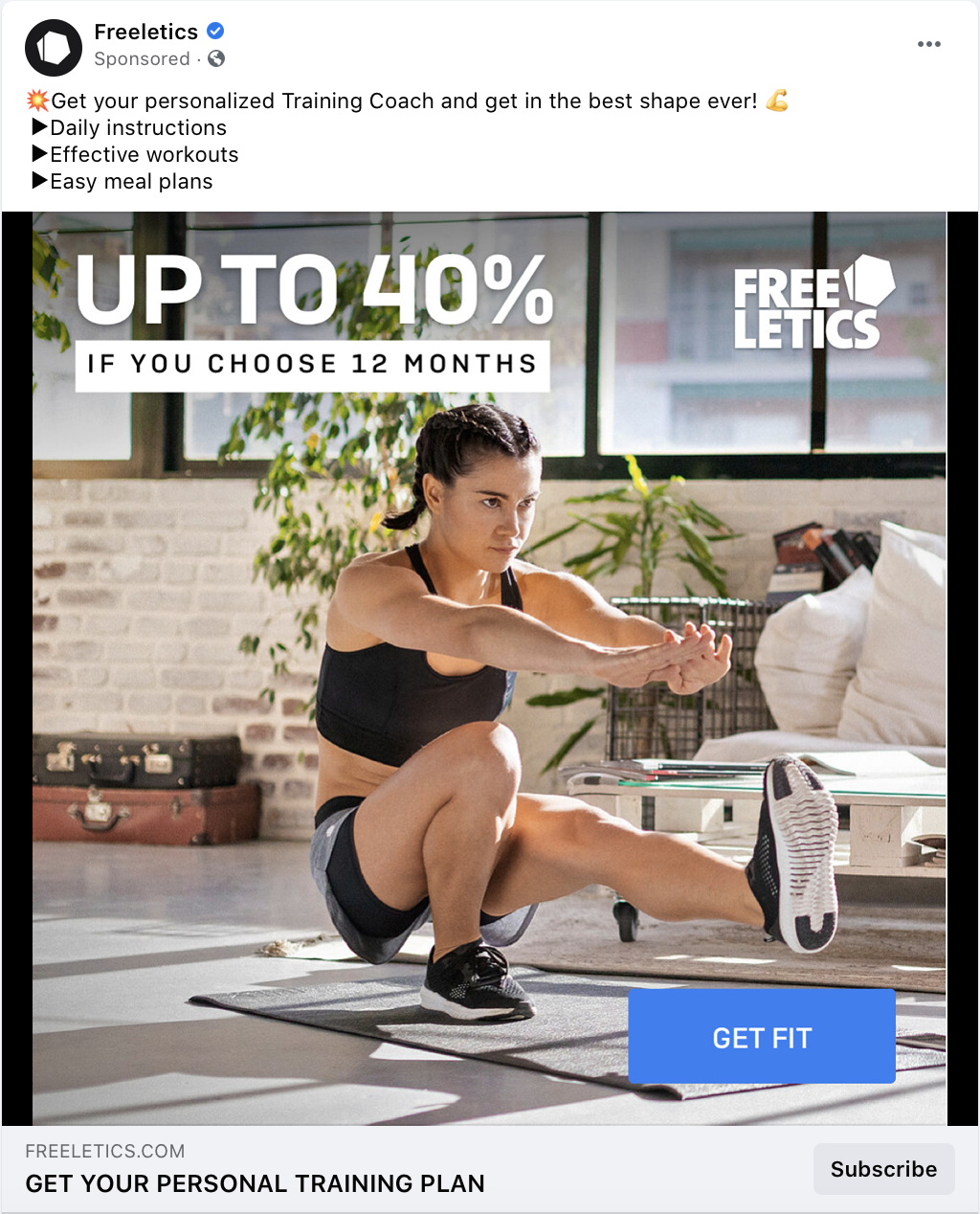Direct response marketing is a method of marketing where you can see your results as soon as you implement your marketing strategy. Instead of relying on traditional methods (like TV commercials or print ads), direct response marketing allows you to see exactly who's responding to your message and how much money you're making from each channel.
One of the best things about direct response marketing is that it gives you more control over your business than other kinds of marketing. You can decide exactly where and when you want to spend your money, and what kind of results you wish to see from those investments. This means that if something isn't working, then you can stop doing it without feeling like there's no other choice but to keep throwing money at something that isn't working for you.

What does this have to do with your business?
Everything! When people contact you directly, they're telling you what they want right now—not tomorrow or next week or even next month. If you can figure out how to give them what they want exactly when they want it, then you're basically guaranteeing yourself a spot at the top of their list. When they need something again in the future (and maybe even some repeat customers).
Let's learn how to make the most of a direct response marketing campaign.
Make your offer stand out.
You need to make your offer stand out from the crowd.

Positioning your offer means crafting a unique selling point for it—a way to differentiate it from similar products and services.
An example of a unique selling point is “First-time guests get free admission!” This implies that other people are paying full price when they come back, but you get something special for trying us out. This message would be very effective if you were running ads for an art gallery or museum because those kinds of places don't typically offer deals like this (or at least not without some sort of catch).
Keep the message simple with direct response marketing.
I've seen many direct response marketing campaigns that were too complex. They tried to get the viewer to do too much, or they actually gave away their product for free and didn't ask for anything in return.
The simplest kind of direct response marketing is when you just put your product on sale for a limited time, with no strings attached. This type of advertising is effective because it appeals to our instincts as consumers: we all want good deals!
On the other hand, some companies try too hard with their message and make it more complicated than it should be. For example, if I see an advertisement where someone's talking about how they're going to “transform” my life and give me wealth beyond my wildest dreams by using their product (whatever that happens to be), then I'm going to tune out pretty quickly. Simply because this sounds like something from a late-night infomercial (which are almost always useless).
Create a sense of urgency.
You can create a sense of urgency in several ways. For example, time-based offers—such as a free shipping coupon for only one day—can be effective. You can also include limited quantities, such as “Only 50 units left,” or limited time aspects, such as: “Offer ends tomorrow.”
These tactics work because they put pressure on your audience to act quickly. In other words, they create an environment where they're more likely to buy now than later (or at least take action).
Use a clear call to action.
To generate a response, you need to make it easy for your audience to respond. You can do this by using action words like “buy” or “subscribe” (rather than passive words like “view” or “learn”). Action words are more likely to get your readers' attention and drive them towards responding.
Another way you can encourage response is by making it easy for people to do so. This means removing any barriers that might stand between your reader and the form field where they enter their email address — no matter if those barriers are technical, emotional, or physical. For example:
Use email marketing to drive sales.
Email marketing was and continues to be an excellent way to drive sales.
To make the most of your email campaigns, it's important to know that your subject line must grab attention and compel readers to open the rest of the email. That's why you should focus on using words that are relevant to what you're offering or what customers are interested in buying. In addition, people tend not to respond well when emails look like spam emails; therefore, make sure that yours doesn't use too many exclamation points or capital letters (unless they're necessary) and avoid including a lot of links or images as well.
Another thing you should keep in mind when creating a great call-to-action is making sure it aligns with your goal. Whether it be engaging them further by clicking through on another link or just making them feel like they need this product right now!
Include a hard-sell approach in your strategy.
A hard-sell approach is a component of direct response marketing that provides a direct offer for something people want. For example, you could use it to promote an e-book or webinar and tell your audience exactly what they'll get if they click on the link. A hard-sell approach should be short, to the point, and direct.
Incorporate several channels in your direct response strategy.
Your direct response marketing campaign should utilize a variety of channels. Examples include email, social media, retargeting (which uses cookies to show ads to the same customer based on their browsing history), print advertising, radio advertising, TV commercials, and search engine marketing. You can also use billboards and web banners as well as catalogs or newspaper ads.
Focus on value in your creative copywriting and delivery
And when it comes to value, you don't need to focus on the price. Instead, focus on the real reason people are buying from you: the value of what you have to offer. You can also use testimonials as an opportunity to showcase value with real-life examples of people who've benefited from what you're selling. These testimonials can come in many forms: quotes from happy customers, images sent by actual buyers thanking them for their purchase, or even video clips showing how well your product performs in action!
Customize for mobile devices.
It's no secret that mobile devices are quickly overtaking desktops in terms of usage. In fact, as of 2022, mobile device ad spending has way surpassed desktop.
- 64% of consumers who use their phones to research products end up buying something from that retailer within the next 30 days (MarketingSherpa)
- 48% of consumers use smartphones while watching TV (Google)
So it's clear that having a responsive design is crucial if you want to reach these customers on their preferred platform—but it's not enough! You also need to optimize your site experience with mobile-friendly content and site speed optimization techniques, so users have an excellent experience, regardless of where they're coming from or what screen size they're using.
Direct response marketing is an effective way to get results from your communications efforts, but you can't just do what everyone else is doing if you want to stand out from the crowd.
Direct response marketing goes beyond traditional advertising and promotion in that it helps you identify people who will be interested in your offer. It takes steps to ensure they are contacted directly by crafting a targeted message that addresses their specific needs. This allows you to be more targeted with your messaging, which means less wasted time and money on irrelevant ads or promotions.






